column
One of the most common themes repeated in this magazine is that selecting materials for projects can make the difference between truly artistic designs and those that are either inappropriate or just plain boring. It’s a point worth pressing: Materials truly matter, and the importance of knowing your options and keeping pace with changes in the marketplace can never be overestimated. Through the past few months, for example, I’ve been working with a couple who live in a home that’s an architectural
We know that the equipment and materials they offer us stand at the core of everything we design and/or build as watershapers. Nonetheless, it’s easy to overlook the significant role played by those who manufacture, distribute and support the products we use. As I see it, however, discounting the role of suppliers in the watershaping process is a serious mistake. Not only do these companies
Welcome to WaterShapes’ 2011 Resource Directory! It’s our way of wrapping up a year’s worth of issues with a special edition that anticipates your professional needs in times to come. Simply put, we’ve beaten the bushes and amassed a treasure trove of information that gives you direct, easy access to the products and services you’ll need to excel in the design, engineering and construction of watershapes and outdoor environments of all types in 2011 and beyond. Since the magazine’s debut a dozen years ago, we’ve served as
The following is the text, somewhat altered for this audience, of a letter I’ve sent a number of health departments in the course of working on projects for our clients. There is no doubt that the recent wave of legislation, codes and standards regarding suction entrapment has caused confusion – not just in the pool and spa industry, but also among lawmakers, inspectors and contractors as well as pool and spa owners. These mandates, however well intended, have all too often been confusing or contradictory and frequently reflect neither
Have you ever noticed how often the costliest part of a project turns out to be something that will ultimately be hidden from view? This happens quite frequently in projects involving any sort of slope, where the piers and grade beams beneath swimming pools, for example, can cost far more than the rest of the overall project. In my own work, I’ve noticed this budgetary quirk most frequently when it comes to retaining walls, where providing the foundation they need to withstand the forces applied by a slope can be startlingly extensive and expensive. It’s not what you’d call glamorous work, but it certainly is important – and will vanish completely from view. Most often, we’re called on to build these walls when
Looking beyond standard modes of operation is nothing new for watershapers: It’s how many of us grow professionally. In my case, for example, I’ve moved in a variety of different directions in my career, and I’ve found that each of these endeavors has added substance and insight to both my business and professional acumen. Some experiences are more valuable than others, of course, but I’ve always found something positive and a few times have watched my business transform and grow before my eyes. Looking back, it’s been quite a journey. I began my career more than 20 years ago with
Every time I open a landscape trade magazine, I’m bombarded by ads from just about every paver manufacturer on the planet. From the newest faux-stone concrete pavers and ADA-compliant bricks to granite, flagstone, mica and other slab species, we have more choices than ever before for our projects. Some professionals approach this wealth of possibilities and play it safe – not caring so much about what’s the latest and greatest but focusing instead on what’s most familiar and time-tested and being interested in little more than providing clients with surfaces that can safely be walked on. Fortunately, however, there are lots of us who take a different view, putting care and thought into the materials we select for our walkways, patios and terraces and working closely with our clients to make certain the resulting surfaces meet their needs. In other words, there’s
These days, it seems natural for people to be reluctant to take risks. We are, after all, still feeling the effects of a severe recession, and lots of folks are hunkered down, saving their pennies and waiting for something good to happen. I completely understand this conservative impulse, especially on the business front, but it’s also obvious to me that if we’re going to take the necessary steps to return to more prosperous times, then we as individuals, as an industry and even as a society will at some point need to start
Call it human nature, free-market economics, the profit motive or whatever – the fact of the matter is that too many landscape lighting installers rely on low-cost products made with low-grade materials. Obviously, they do it to cut down costs either to squeeze more profit out of each job or to bring the price down to the level required to get clients to sign on the dotted line. So rather than reduce the number of fixtures used on a project or even turn down a project altogether, they’re clearly willing to win a job by using equipment that has no chance of lasting more than a










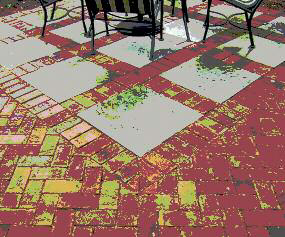


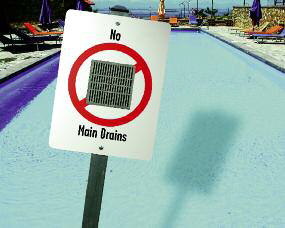
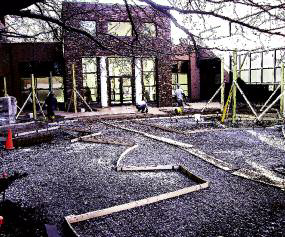


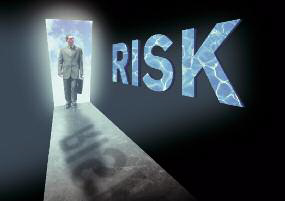
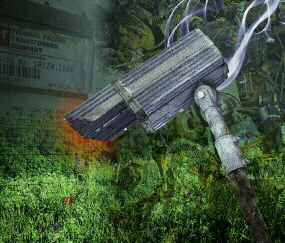



Broad Boundaries